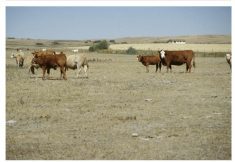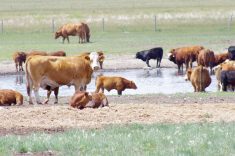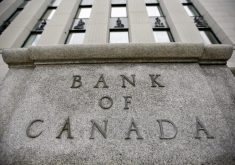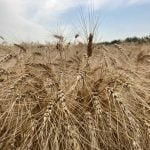The hot weather this summer may cool the price rise for Alberta farmland this winter — but there are still plenty of farmers looking to add acres, say experts.
Prior to the drought, the increase in land prices was typical for the first half of the year, said Kuuri Carlson, an appraiser with Farm Credit Canada.
“The average increase in Alberta was 2.5 per cent,” said Carlson, saying the highest increases were actually in lower-quality land.
“The Peace region had some of the biggest fluctuations, because it has both high- and low-value farmland.”
Nationwide, the average increase for farmland was 3.8 per cent for the first half of this year, FCC said in a mid-year update on prices. That’s virtually identical to the first half of last year and similar to what’s been seen the last few years.
But the outlook was much rosier in early summer, FCC chief ag economist J.P. Gervais noted in a news release.

“Higher-than-normal prices for wheat, canola and corn have improved the profitability of many operations in the second half of 2020 and early 2021, putting them in a better position to invest in farmland as the opportunities arise,” he said.
“Last year, people had some decent prices and good harvests, so that would have influenced this,” added Carlson.
But things changed after the drought. Producers who had poor production will not be thinking about buying more acres.
“What is going on in people’s minds is how the drought has affected prices,” said Dave Weber, an appraiser with Serecon. “Most land sales trade off the growing season. We don’t see a lot of sales coming after the impact of the drought yet.”
Read Also
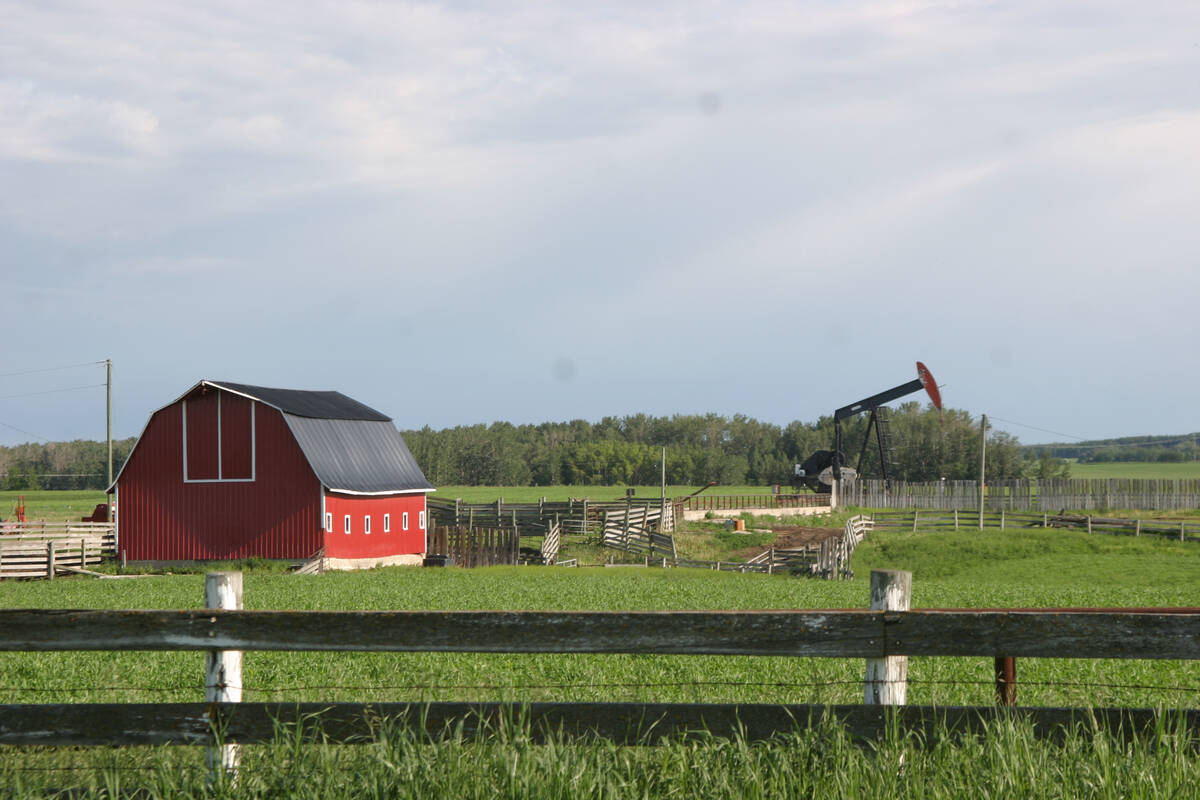
Recommendations in the mature assets strategy could cause potential problems for landholders
The Western Stock Growers’ Association urges producers to pay attention to the potential changes to Alberta’s Mature Assets Strategy.
Generally, the lower end of values for dryland are in eastern Alberta, where prices between $2,000 to $3,000 an acre are quite common, he said.
West of Edmonton around Mayerthorpe and in portions of the Peace, cultivated land can be less than $2,000 an acre. In central Alberta, land values are higher, and are commonly around $6,000, said Weber. But there have been sales around $8,000 to $9,000 an acre.
In northern Alberta, prices are around $6,000. South of Calgary, land sales are about $8,000 an acre. The most highly valued land is around Lethbridge, Taber and Picture Butte, where irrigated land can sell from $15,000 to $16,000 an acre (and as much as $18,000).
Pasture land throughout the province has varied between $1,000 to well above $3,000 an acre.
Not much for sale
But even though drought has dampened things a bit, many farmers are still wanting to buy, said Weber.

“If a piece of land becomes available, there seems to be a lot of interested buyers. There isn’t necessarily an abundance of listings,” he said.
While crop prices are still good, it’s not known if buying activity will soften due to poor production.
“The impact of the year may slow things a bit, but not necessarily change the direction or momentum,” he said. “This production year has brought things back down to reality.
“Through the last winter, we saw some pretty big gains. Things will have moderated a fair bit through this fall.”
When it comes to irrigated land, it’s a different story.
“We’ve heard from a few different farmers and realtors that there isn’t a lot being offered,” he said. “The irrigated land showed its worth this year. It was one of the areas where you could expect to see the hottest demand.”
Weber, who lives in Castor, said that the equipment dealers in his area are having good sales from farmers who had good yields this year.
“They’re in equipment-buying mode, which would parallel into land-buying mode, if they weren’t that impacted and they got a few showers this year and got close to average yields,” he said. “That would be where we would expect the biggest interest from farmers for land purchases.
“In the south, where some areas had record yields, and others didn’t get any production, I think that’s where the slowdown will be.”
Another factor is rising input prices, particularly for fertilizer and fuel, and the impact that will have on profitability, he said.
Even though prices are good, there are some factors that might offset that including fertilizer costs, and supply shortages. Fertilizer prices haven’t come down from where they were last spring, the cost of fuel is rising, and profit concerns may affect buying, said Weber.
FCC says the biggest increases in land prices in the first half of the year were in Ontario (11.5 per cent), B.C. (8.8 per cent), and Quebec (8.1 per cent). Everyone else was below five per cent, with Manitoba about the same as Alberta but Saskatchewan seeing only a 1.8 per cent rise.
The 12-month data (from July to June) shows a 6.1 per cent rise nationwide. Alberta was slightly below that (at 5.6 per cent) and Manitoba slightly higher (6.3 per cent) with Saskatchewan well behind at 3.5 per cent.
During that period, Ontario land prices were very hot (15.4 per cent rise) as was land in B.C. (up 13.6 per cent). — With staff files





